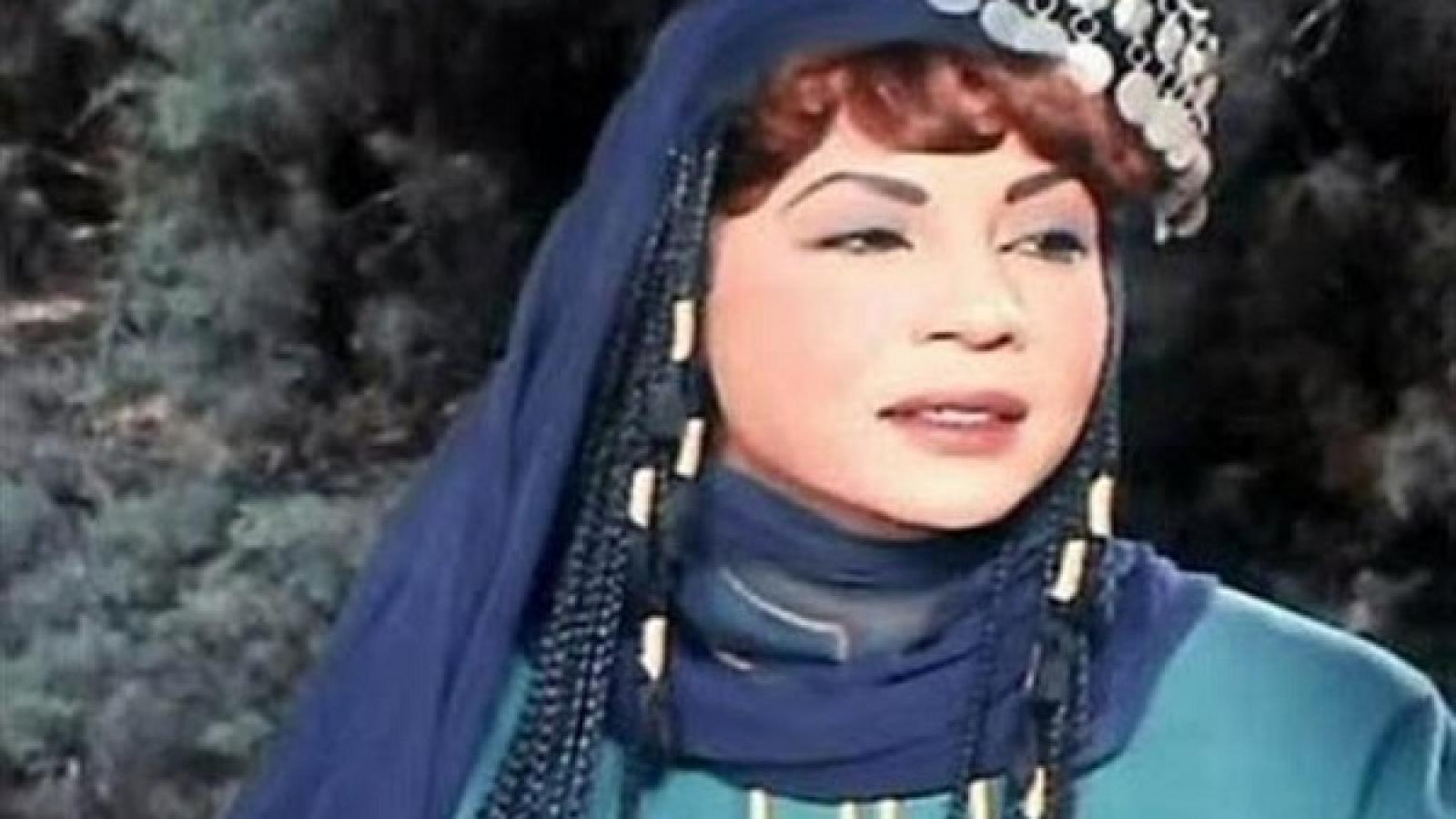
In memory of the actress Koka Who is the Abla of Egyptian Cinema?
On January 29, the death anniversary of the artist Coca, who is considered the first Egyptian artist to reach the world, will pass. Foreign newspapers called her the "African Princess". While the audience and critics called her "The Egyptian Cinema Abla", she is the most famous person who presented the character of "Abla" in films. She also mastered the representation of the Bedouin girl in most of her films, so many thought that she was of Bedouin origin. On the anniversary of her death, in the following lines, we have gathered for you the most prominent information about the beautiful artist Coca.
Her birth and upbringing
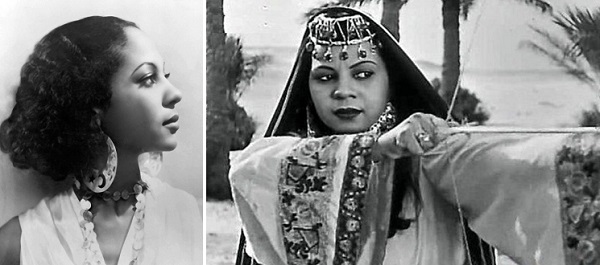
Her real name is Nagia Ibrahim Bilal, and she was born on March 7, 1917 in Cairo Governorate. He has a Sudanese father who works as an officer, and a mother a housewife from rural Egypt. Her father took care of her education, and she mastered both English and French. He would also take her to cinemas to watch Arabic and English films and cartoons. She fell in love with art since she was young, and she dreamed of working in the field of acting, and she tried to enter this field when she met a colleague at school, who was older than her and worked in the "Ramses" band, which was founded by artist Youssef Wehbe. Koca asked her colleague to work with them in the band, and indeed she took her to meet Youssef Wehbe, who found her young, as she was not more than seventeen years old, so he refused to work with him so that he would not be subject to legal accountability, and promised her to work in the band when she got older.
Early Works
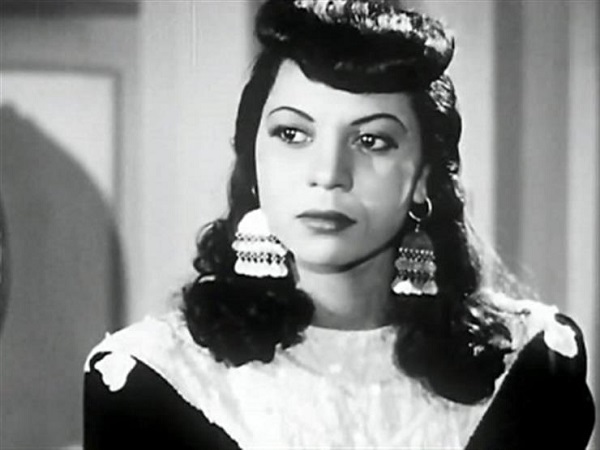
Coca's artistic beginning was not as an actress, as she started her artistic career by working in Studio Masr as an assistant editor in the montage department with director Niazi Mustafa, before she turned twenty. Until 1935, Coca got a chance to star in comedy Ali al-Kassar in the movie "The Gatekeeper of Architecture", in which she played the role of a foreign girl. Coca caught her eye from the very first glance, not only with her attractive features, but also with her command of the English language, so many believed that she was a foreign girl. Then Coca appeared in a small scene from the movie "Wedad" in front of the eastern planet Umm Kulthum, and that was in 1936. In the same year, she played the role of the black American singer Josephine Baker in the comedy play "The Box of the World", which was her true ticket to reach the world.
The first Egyptian artist to reach the world

While presenting the play “The Box of the World” one day, the famous English director Thorinot Freeland watched her and admired her acting, so he assigned her the starring role in front of the international star Paul Robinson, in the famous English movie “Jerico” or “The Salt Merchant” in 1937. In order to ensure the success of his film, the director promoted the film by presenting Coca as a Sudanese princess who loves art, and ran away from her family because they did not agree to her work in the field of acting. He even wrote her name on the movie poster with the phrase "African Princess". The film was a resounding success worldwide. Thus, she became the first Egyptian artist to reach the world. After that, Coca starred in another American movie called "Black Sands", which achieved huge success as its predecessor, after which many shows in world cinema followed. However, Coca refused to continue presenting foreign films, as it required her to reside outside Egypt for long periods, which Coca refused to do so as not to move away from her husband.
After the success of her foreign films, Coca's fame increased dramatically in Egypt and the Arab world. Film makers began showing her many works of art, but she chose only a few of them. She learned the Bedouin dialect at the hands of the great poet Bayram al-Tunisi, and began to limit herself to the role of a Bedouin girl, as she found that the audience strongly believed her, so she felt comfortable while introducing this character.
Her artistic career and the personality of "Abla"
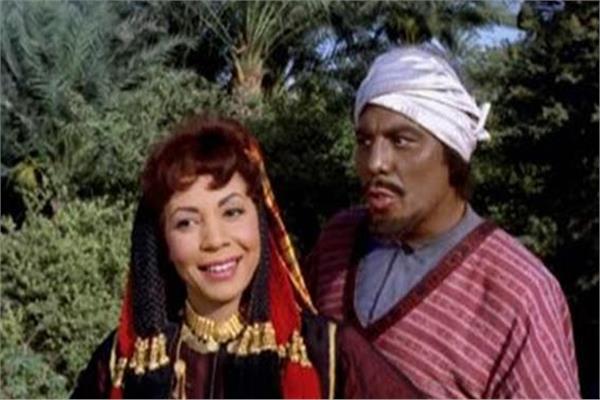
Coca's artistic career spanned for more than 40 years, during which she presented the character of "Abla", the lover of the Al-Absi knight, Antara bin Shaddad, in 5 films, "Antar and Abla" in 1945, in partnership with Siraj Mounir, Najma Ibrahim, Ferdous Muhammad and Wedad Hamdi. After the success of the film, Koca returned to the same role 3 years later in the movie "Adventures of Antar and Abla", also in association with Siraj Munir. She also presented the movie "Antar invades the desert" with Farid Shawqi, Ferdous Muhammad, Wedad Hamdi and Nour El-Demerdash in 1960. A year later, she presented with the same crew again the movie "Antar Ibn Shaddad", which is the most famous version in her series of films. And finally, the movie "Bint Antar" with Farid Shawqi, Ahmed Mazhar and Samira Tawfik in 1964. That is why she was known as the "Egyptian cinema star".
In addition, Coca participated in many films, including: “The Wives Factory, Rabha, Narrator, Sultana of the Desert, Laila Al-Ameriya, Prestige of the Gypsy Queen, Appearance of Islam, Love Buthaina, Bedouin Sayyid, Land of Heroes, Black Knight, Samra Sinai, Cigarette and Cup, Treasures.” Her last movie was "Uncle Zizou Habibi", in front of the artist Mohamed Sobhi in 1977. She also co-starred in two television series, "Hroub" in 1976, and "Juha and Banat Shahbandar Al-Tijjar" in 1978.
Personal Life
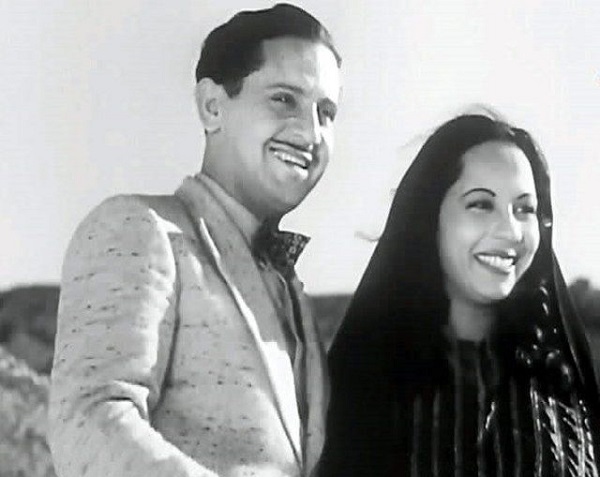
Since the beginning of her artistic career, the artist Koca has worked with one of the most famous directors in Egyptian cinema at the time, director Niazi Mustafa. Who fell in love with her and asked her to marry. Indeed, the two got married after a love story that is considered one of the most famous love stories in the artistic community. After marriage, Koca discovered that she could not have children, and she was undergoing treatment with doctors for 4 years until she had a baby, to no avail. This prompted her to persuade her husband to marry another woman so that he could have children. Although he refused at first, but in the face of her strong insistence, Niazi Mustafa was forced to agree to marry a second time, so she chose the dancer Nemat Mukhtar for him. who Niazi Mustafa had already married, but he could not continue this marriage for long, so he decided to separate from her after only one month of marriage, and returned to his first wife Koca, whom he described as the love of his life.
Koca and optimism
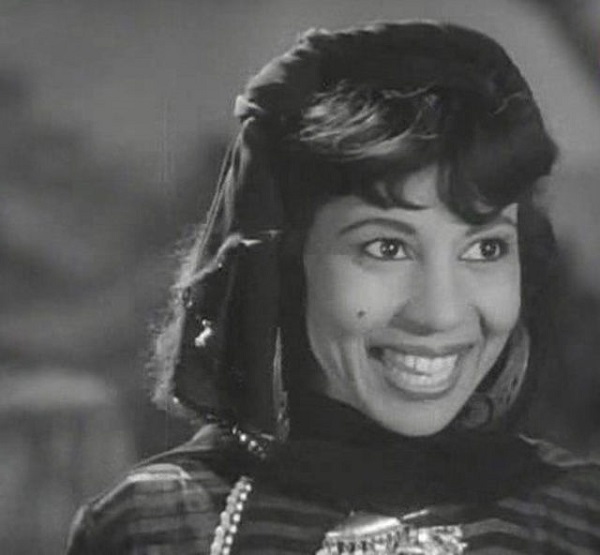
In one of her press interviews, the artist Koca said that she has been a source of optimism among her family and friends since she was young. She said that the first person to be optimistic about her was her father, who was going through a financial crisis before her birth, and after her birth, all his financial problems were resolved, his financial position was restored and his business flourished. So he made sure to see her every morning before he went to work. She added that while she was in London filming the movie "The Salt Merchant", a young man asked her to sign for him an autograph, and after a while the young man sent her a letter to tell her that this security was the beginning of his business success, and that he became a top businessman. Finally, Koca said that one year she was partying with her friend's family on New Year's Eve. This family had 5 daughters of marriageable age, but no bridegroom proposed to them. At midnight, one of the girls kissed Coca, and a week did not pass before a bridegroom proposed to that girl and got married. The following year, the family insisted that Coca celebrate with them on New Year's Eve, and as soon as midnight came, the four girls attacked her and kissed her. A week did not pass before two grooms proposed to two of them, and within two months the last two girls got engaged. Coca became a source of optimism for the family, which spread among its members that a kiss from her would bring a bridegroom to single girls.
Her illness and her death
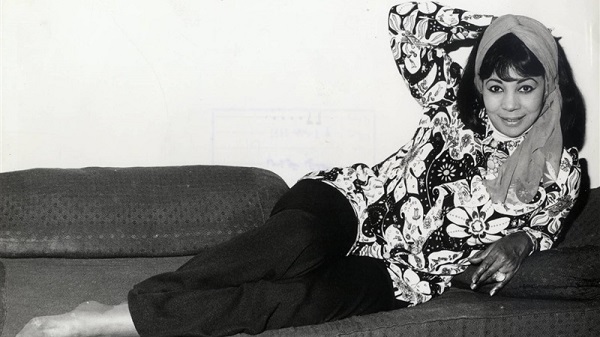
-
At the beginning of the seventies, Coca moved away from the cinema and turned to real estate, owning many buildings and buildings. Before she found out that she had malignant cancer, which she had suffered for a long time before her death. Coca passed away on January 29, 1979, in Alexandria, at the age of 62.
Enjoyed this article?
Discover more insights and stories from our blog. Stay updated with the latest trends in digital innovation.